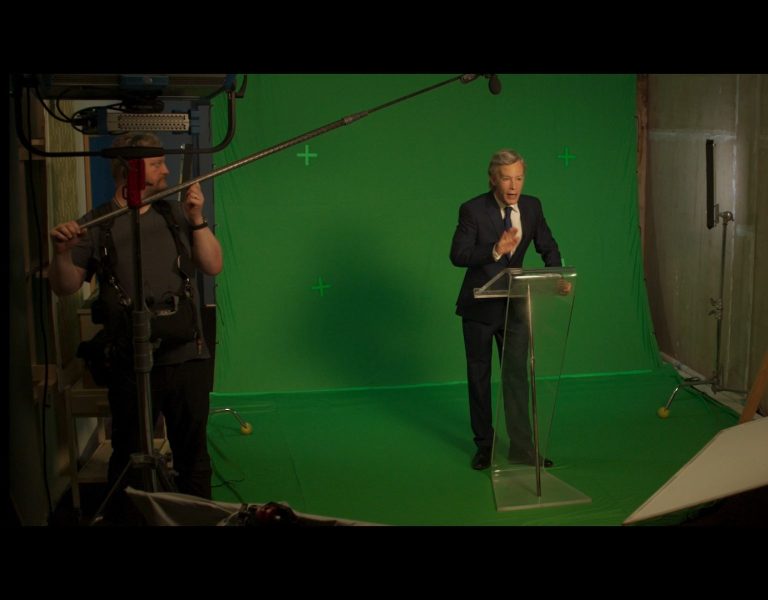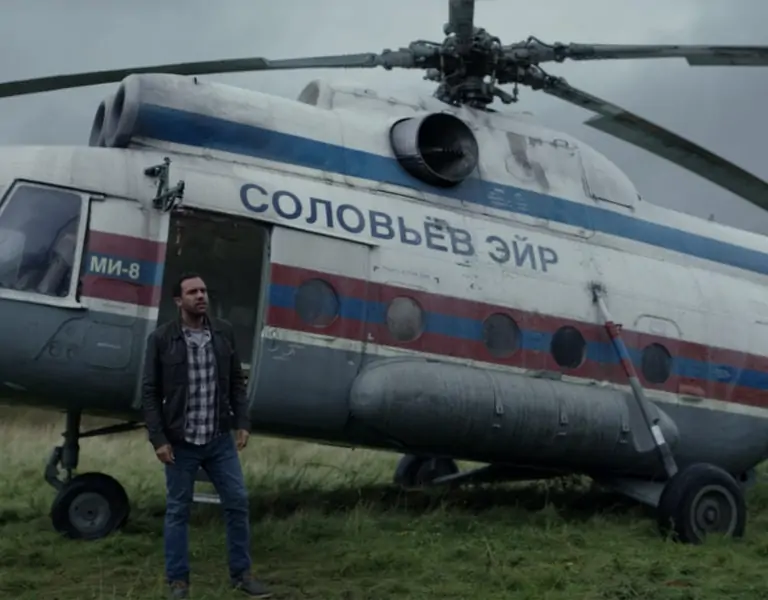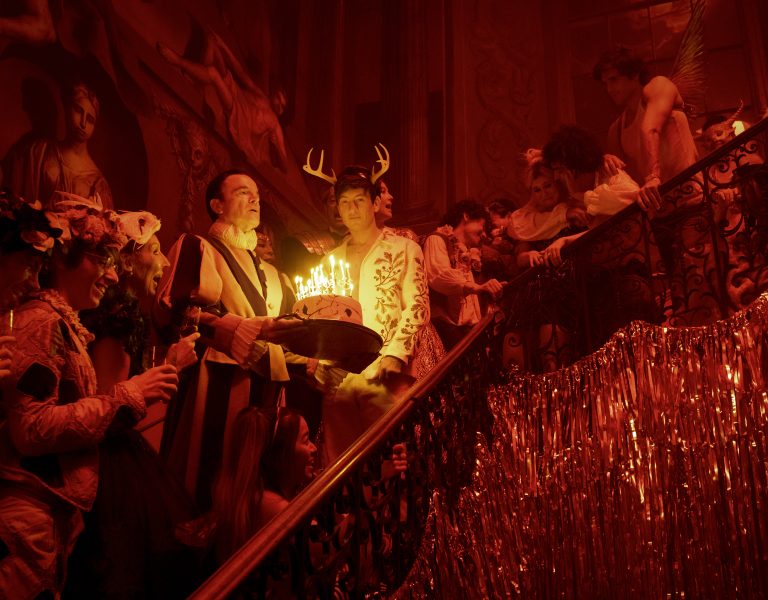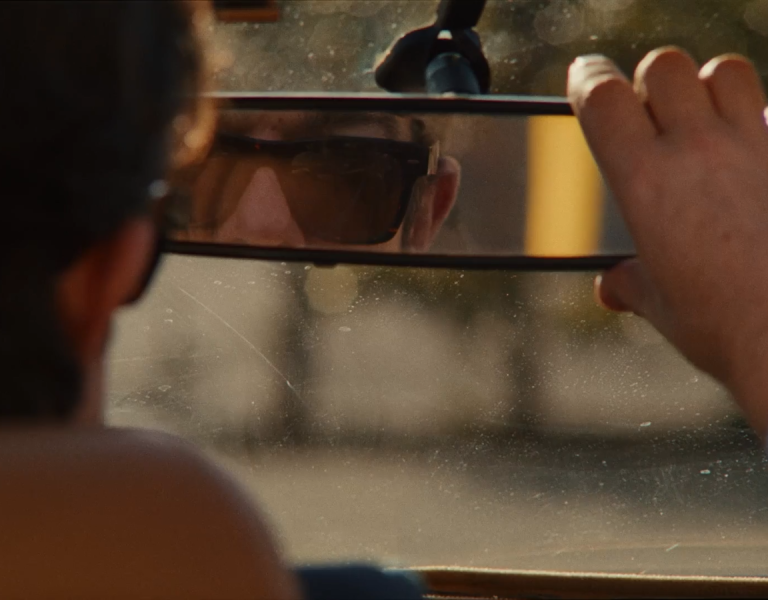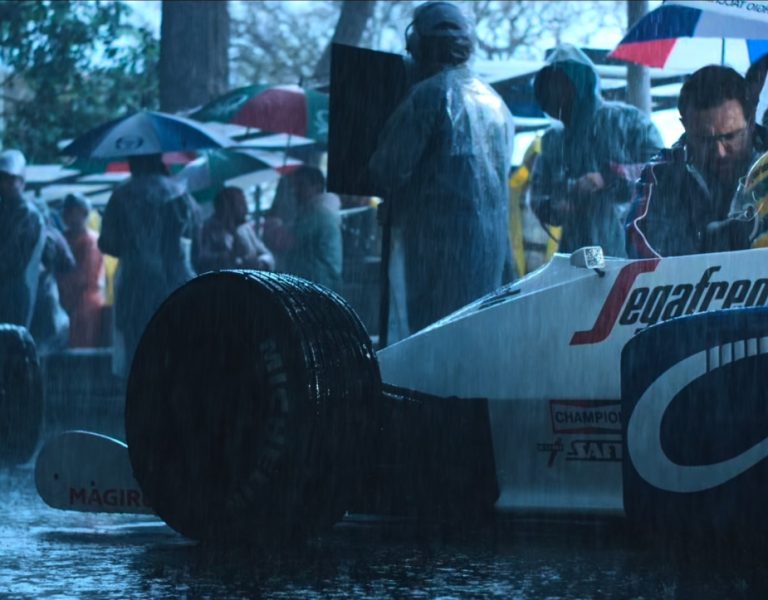BLACK BEAUTY
The creation of a black doll was a pivotal moment in toy history. This important story is now featured in the Netflix production Black Barbie: A Documentary, captured through the lens of cinematographer Sara Garth.
Barbie made her iconic debut in 1959, symbolising boundless dreams but initially lacking in diversity. That changed when Beulah Mae Mitchell, a trailblazing Mattel employee, asked, “Why not make a doll that looks like me?” In 1967, Mattel introduced a black doll named Francie, often referred to as the first black Barbie. However, it was essentially a white doll with darker skin, lacking distinctly African American features, and didn’t resonate with black consumers. In 1969, Mattel released Christie, a friend of Barbie and a black character. While the doll had a darker complexion, she still lacked authentic facial characteristics. Mitchell’s push for inclusivity led to the creation of the first official black Barbie, designed by Kitty Perkins in 1980, marking a landmark in representation.
This significant story is captured in the Shonda Rhimes-produced Black Barbie: A Documentary, directed and narrated by Lagueria Davis and shot by cinematographer Sara Garth. The latter, recommended by the producer of her first feature, The 11th Green, collaborated with the director to bring this essential narrative to the small screen.
“I’m not a huge doll person, so I wasn’t sure the job would be right for me, but as soon as I sat down with Lagueria and heard her vision, I knew this was a project I needed to be involved in,” Garth says. “It’s not really a movie about dolls but rather about the impact of representation, which is a message that resonates with me.”
Garth worked with three Canon C300s, using Canon cinema primes and L-series zooms, while employing soft filtration throughout. “I think Canons are excellent for documentaries,” Garth says. “They’re very functional with minimal crew and can record 4K for extended periods. The ability to roll over from one card to the next was crucial for our longer interviews.”
Media management, Garth says, was the production’s biggest challenge. “My B cam operator, Colleen Haley, and I pulled our own focus so that my one AC could put all her attention on the downloads,” she explains. “Sabrina Mendez, our sole AC, had to stay on top of three cameras recording 4K for interviews that lasted anywhere from 30 minutes to two hours, while also being ready to switch to handheld. Production had to account for her download time in the schedule, and after a year, she made it look easy.”
The lighting approach for Black Barbie was critical, ensuring all skin tones were beautifully and accurately represented. Garth used a large soft source, like a Litemat 4 or SkyPanel, through a 6×6 ¼ grid cloth as the key light, getting it as LiteGear close to the subject as possible. “I had a Litemat 2L right above the A camera as an eye light to wrap the key,” she says. “Depending on the subject’s face shape and skin tone, that could be adjusted but was usually quite dim.”
Garth was also careful with backlighting, using a slightly cooler armed-out Litemat 2L, and negative fill to shape the light. She collaborated closely with Davis and producer Aaliyah Williams to ensure that faces were exposed to around 70 IRE. “Each location was a bit different; some had windows, and some didn’t. We didn’t have the time or crew to control the natural light, so we had to adjust based on the space.”
Black Barbie was Garth’s first documentary, and while the technical challenges were there, the lessons were largely personal. “Lagueria fought for over a decade to get this movie made,” Garth reflects. “She persisted even when countless executives said it wasn’t worth telling. That dedication had a profound impact on me.”
Garth drew inspiration from films like Ava DuVernay’s 13th, which used wide shots to set a bright, fun mood, as well as They’ve Gotta Have Us, known for its non-standard framing. “We loved the idea of taking advantage of the spaces to set a fun and bright mood, while also making bold framing choices,” she says.
The three-camera setup—wide, standard medium, and a third on a zoom lens—was essential for Garth. “That third camera allowed me to find moments to get in very close when emotions ran high,” she explains. “It also let me swing around to capture Lagueria and the crew during questioning.”
Davis had strong visual preferences, but Garth quickly adapted to her style, with only minor tweaks needed to fit the director’s vision. “I’m grateful she fought for my request for three cameras,” Garth says. “That third camera was pivotal in getting the shots we needed. It added more media, more download time, and an additional operator, but it paid off in spades once we started the interviews.”
